Learn how to become an expert prompter or prompt engineer. Discover practical tips, techniques, and strategies to create precise AI prompts for better results.
How to Become a Good Prompter: Mastering the Art of Prompt Engineering
In today’s AI-driven world, knowing how to craft the right prompt can make a huge difference. Whether you’re using ChatGPT, MidJourney, or any AI tool, prompt engineering is the skill that determines the quality of results. In this blog, we’ll explore how to become a skilled prompter, the techniques that professionals use, and tips to get the most out of AI tools.
What is Prompt Engineering?
Prompt engineering is the practice of designing and refining instructions (prompts) for AI systems to produce desired outputs. A well-structured prompt can turn a generic AI response into a precise, high-quality answer.
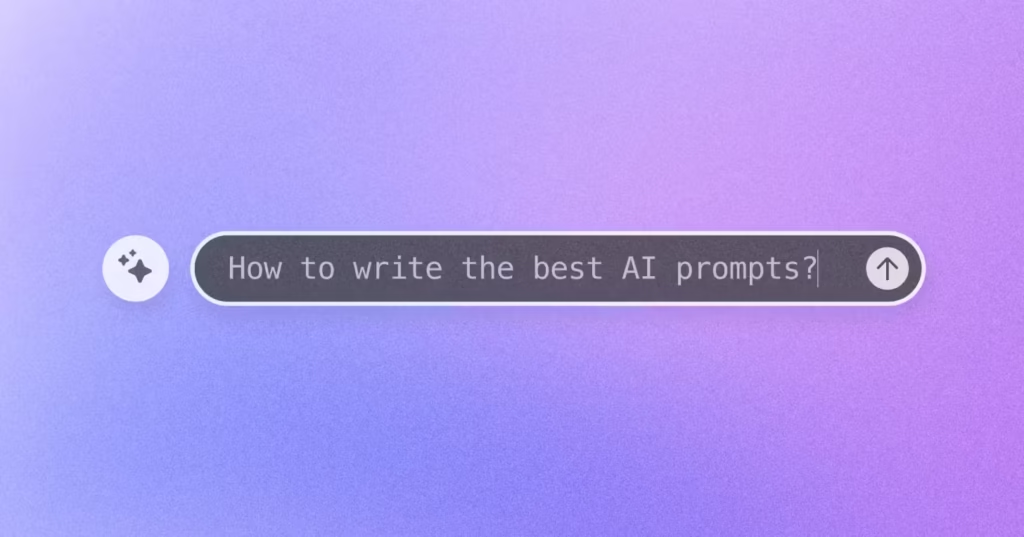
Why Being a Good Prompter Matters
Efficiency: Well-crafted prompts save time by reducing trial and error.
Accuracy: Clear prompts yield precise, relevant AI responses.
Creativity: Skilled prompts help AI produce innovative ideas and solutions.
Professional Advantage: Companies increasingly seek professionals who can effectively interact with AI tools.
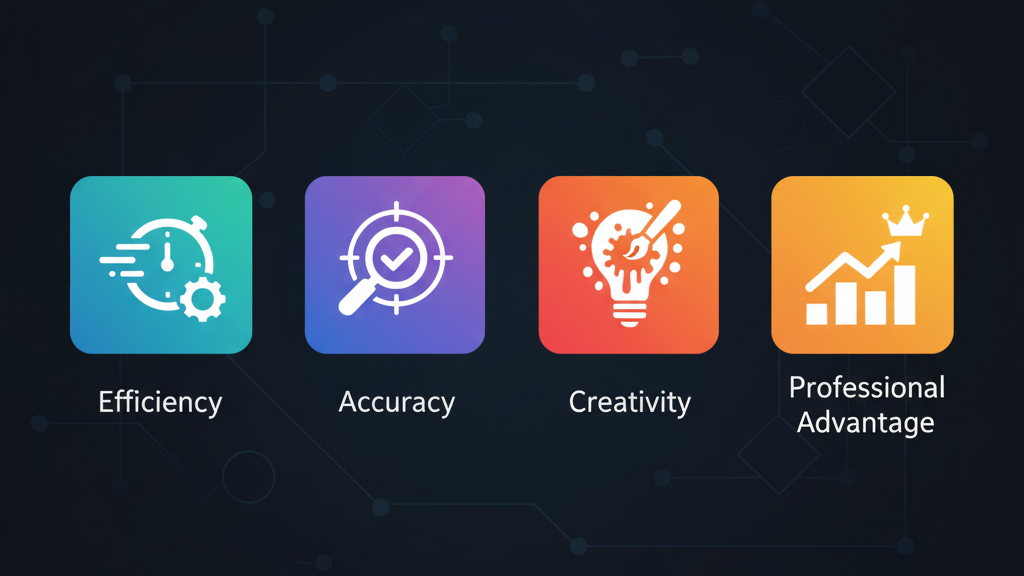
Key Skills of a Good Prompter
1. Clarity and Precision
Use clear and specific language. Avoid vague instructions that can confuse AI models. Example: Instead of “write a story,” say “write a 300-word suspense story set in a futuristic city.”
2. Understanding AI Behavior
Learn how different AI models interpret prompts. Tailor your prompt to the tool’s strengths.
3. Iteration and Refinement
Great prompts often require testing and refining. Experiment with wording, context, and examples to improve results.
4. Creativity and Imagination
Think creatively. Use analogies, scenarios, or constraints to guide AI toward unique outputs.
5. Domain Knowledge
Know your field. Technical prompts require specific terminology; casual prompts require a friendly tone.
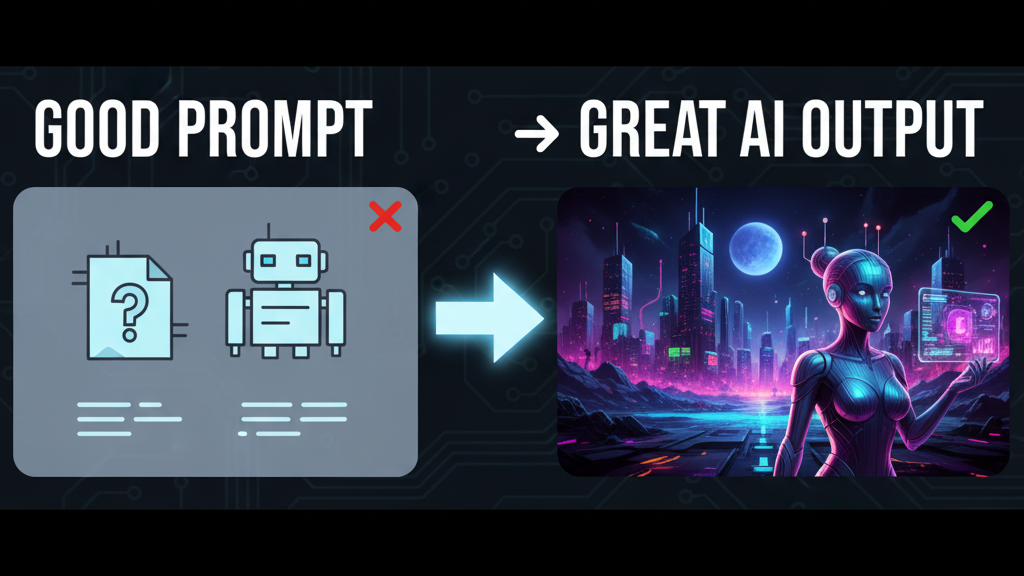
Tips to Become a Better Prompter
- Start Simple: Short prompts, then gradually add details.
- Use Examples: Provide sample outputs to guide AI.
- Experiment Often: Test different phrasing and observe results.
- Learn from Others: Study prompt templates and AI communities.
- Keep Notes: Document prompts that work well for future reference.
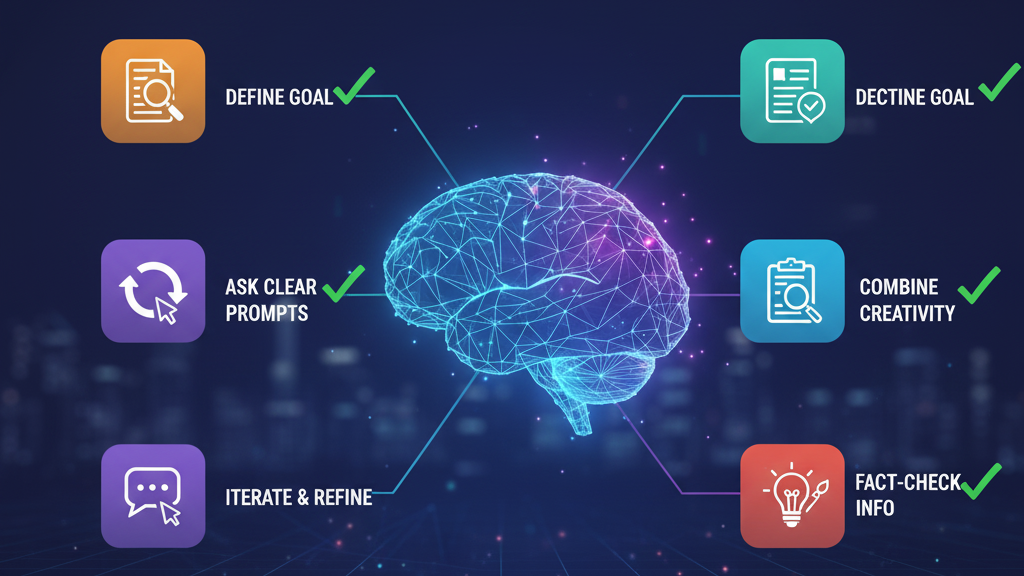
Common Mistakes to Avoid
Using vague or ambiguous instructions
Expecting AI to read your mind
Overloading prompts with unnecessary details
Ignoring AI limitations
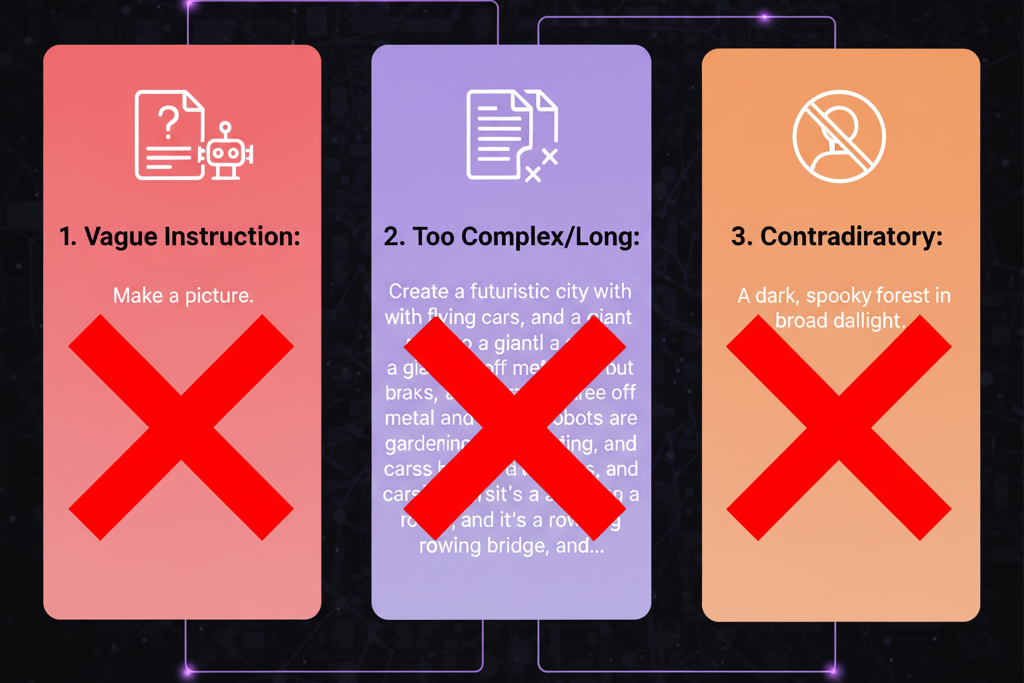
Conclusion
Becoming a good prompter or prompt engineer is a combination of clarity, creativity, and continuous practice. By understanding how AI interprets instructions and refining your prompts strategically, you can unlock the full potential of AI tools and achieve professional-level results. Start experimenting today and watch your AI outputs transform!
